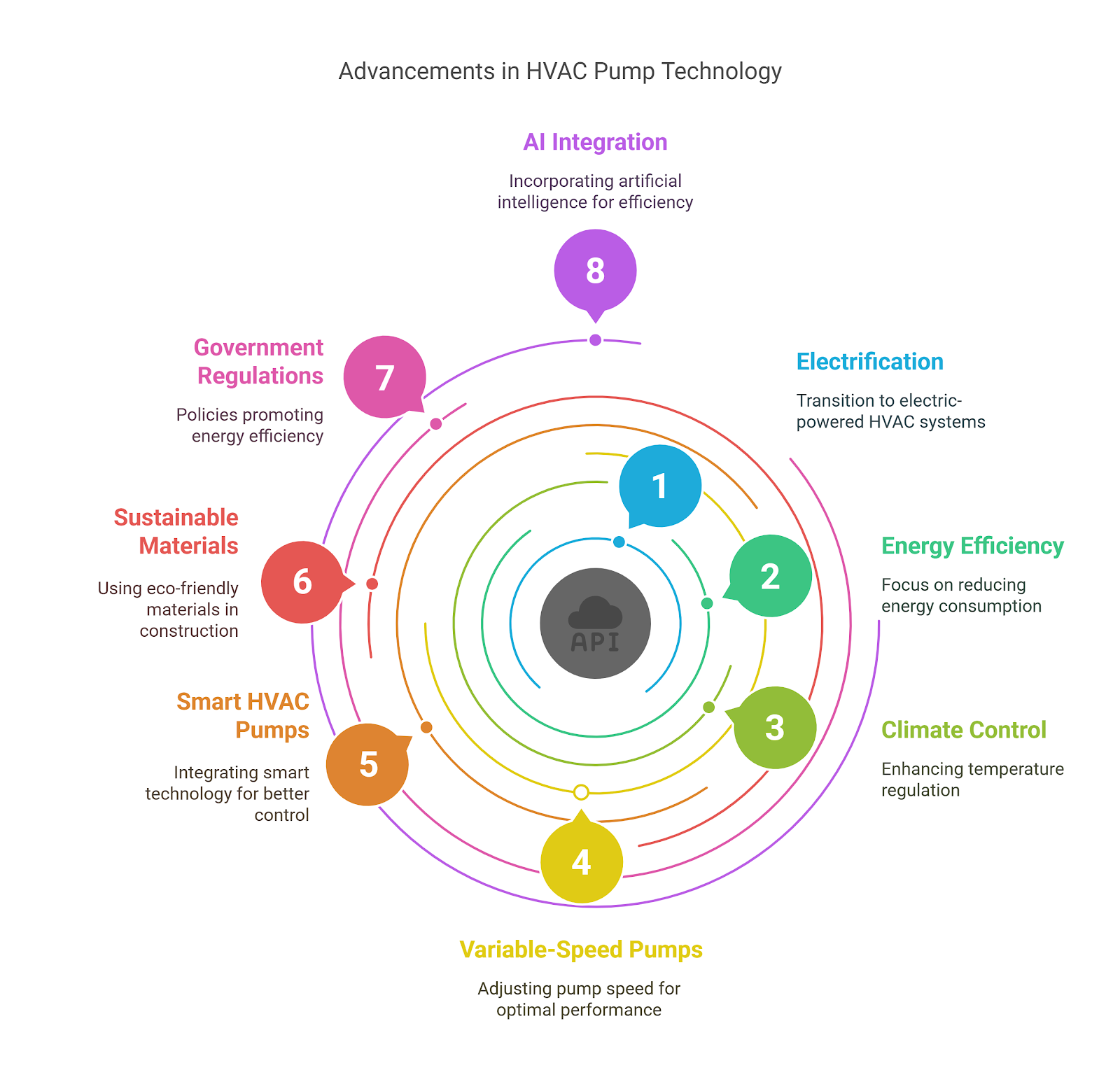Emerging Technologies Powering Next-Gen Cranes in Construction
Cranes are powerful machines designed to lift, lower, and move heavy loads, utilizing a system of ropes, chains, pulleys, and sometimes hydraulic systems. They are essential in various industries like construction, transportation, and manufacturing for handling materials that exceed human lifting capacity. The industry has witnessed a remarkable transformation, driven by new types of cranes and cutting-edge technological innovations that enhance safety, efficiency, and sustainability.
A look into popular forms of cranes
Modern construction and industrial projects require a diverse range of cranes tailored to specific applications. Flat-top tower cranes feature a free-standing design without a tower head, making assembly and dismantling easier, especially on sites with height restrictions. They are ideal for high-rise construction and infrastructure projects. On the other hand, luffing-jib tower cranes are equipped with a jib that moves up and down. These cranes are perfect for sites with limited space, allowing heavy lifting without extensive horizontal reach.
Furthermore, truck cranes offer high mobility, enabling quick relocation between job sites. They are commonly used in infrastructure and short-distance lifting tasks. Similarly, all-terrane cranes combine the mobility of truck cranes with the ruggedness of rough terrain cranes. In parallel, crawler tower cranes are huge cranes that are capable of lifting extremely heavy loads up to 2,500 tons and are primarily used in large-scale construction and industrial projects. Their track-based movement provides stability without the need for outriggers.
Smart crane revolution transforming construction equipment
The cranes industry has observed prominent growth due to significant technological advancements in designing modern cranes. According to Allied Market Research, the sector is projected to rise at a CAGR of 3.2% from 2023 to 2032. Nowadays, advanced cranes are equipped with IoT sensors and AI-based diagnostics, enabling real-time performance monitoring, predictive maintenance, and smart load management. These features minimize downtime and enhance operational safety.
Furthermore, automated cranes and robotic systems are increasingly handling repetitive or hazardous tasks, improving precision and reducing human intervention. Many leading operators now control cranes from a safe distance using wireless systems, enhancing flexibility and safety, especially in hazardous environments.
Simultaneously, modern cranes are designed with advanced anti-collision systems that utilize radar, lasers, and sensors to detect obstacles and prevent collisions, significantly reducing the risk of accidents. Some also have enhanced capabilities of real-time monitoring of loading weight and crane status, ensuring operations are within safe limits, with automatic alerts or shutdowns in case of anomalies.
Furthermore, the rise of hybrid and electric cranes, driven by stricter emission regulations and the demand for greener construction, has led to models with lower carbon footprints and reduced operational costs. Also, energy efficiency is further enhanced through regenerative braking systems and variable frequency drives VFDs, which optimize power usage. In terms of design, the use of lightweight materials such as high-strength steel and aluminum reduces crane weight but also boosts lifting capacity and efficiency.
Crane Company acquired PSI to boost aerospace sensor capabilities
In June 2025, Crane Company, a leading industrial manufacturing and technology firm, announced its agreement to acquire Precision Sensors & Instrumentation (PSI), a top provider of sensor technologies for aerospace, nuclear, and process industries. This acquisition enhanced Crane’s Aerospace & Electronics segment significantly by strengthening its pressure sensing capabilities, especially for environmental control systems, hydraulics, and engine monitoring. In addition, this agreement has broadened Crane’s reach into ground-based test and calibration equipment, boosting both technological capabilities and market presence.
Endnote
With the growing expansion of construction sectors, next-gen cranes are evolving rapidly through smart technologies, eco-friendly designs, and enhanced safety features. These innovations are reshaping crane operations for greater precision, efficiency, and sustainability. Moreover, rapid advancements in crane technology are expected to build safer, smarter, and greener construction environments in the future.
✍ **𝑨𝒓𝒕𝒊𝒄𝒍𝒆 𝒘𝒓𝒊𝒕𝒆𝒓: Rosy Behera

Comments
Post a Comment